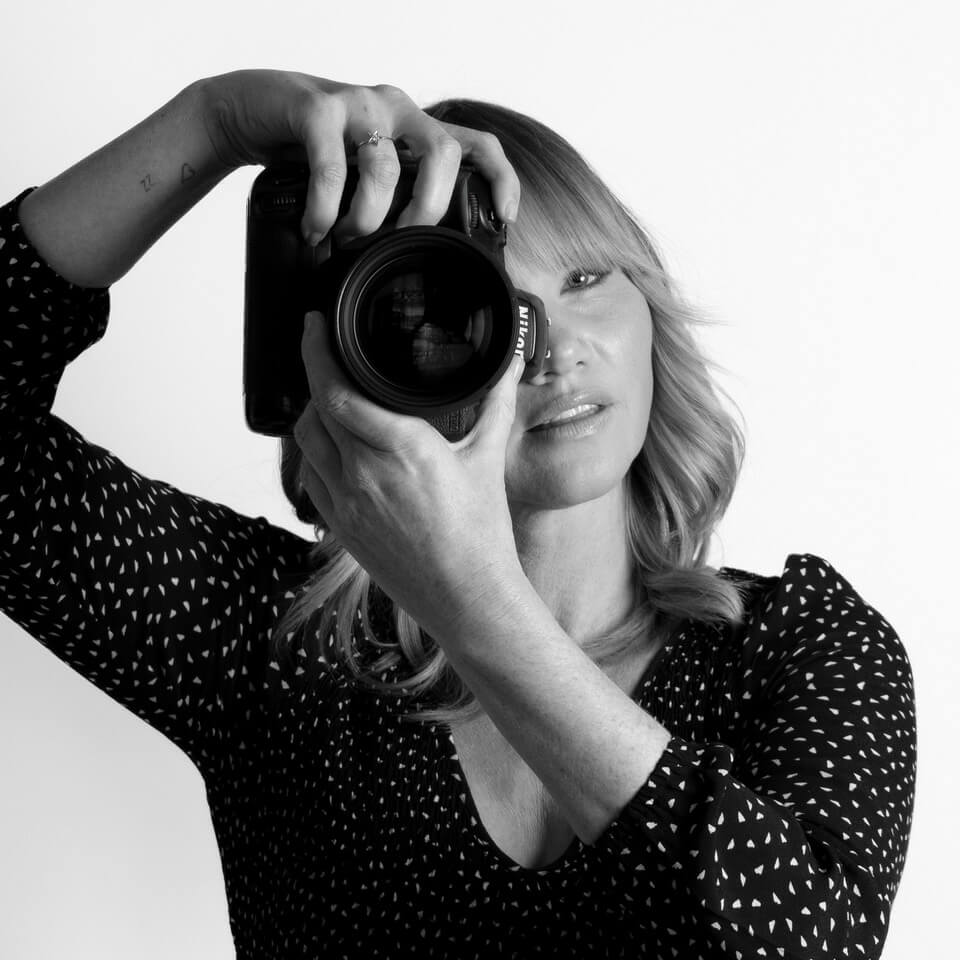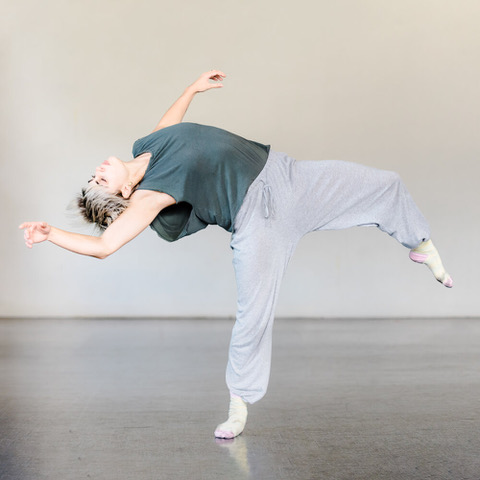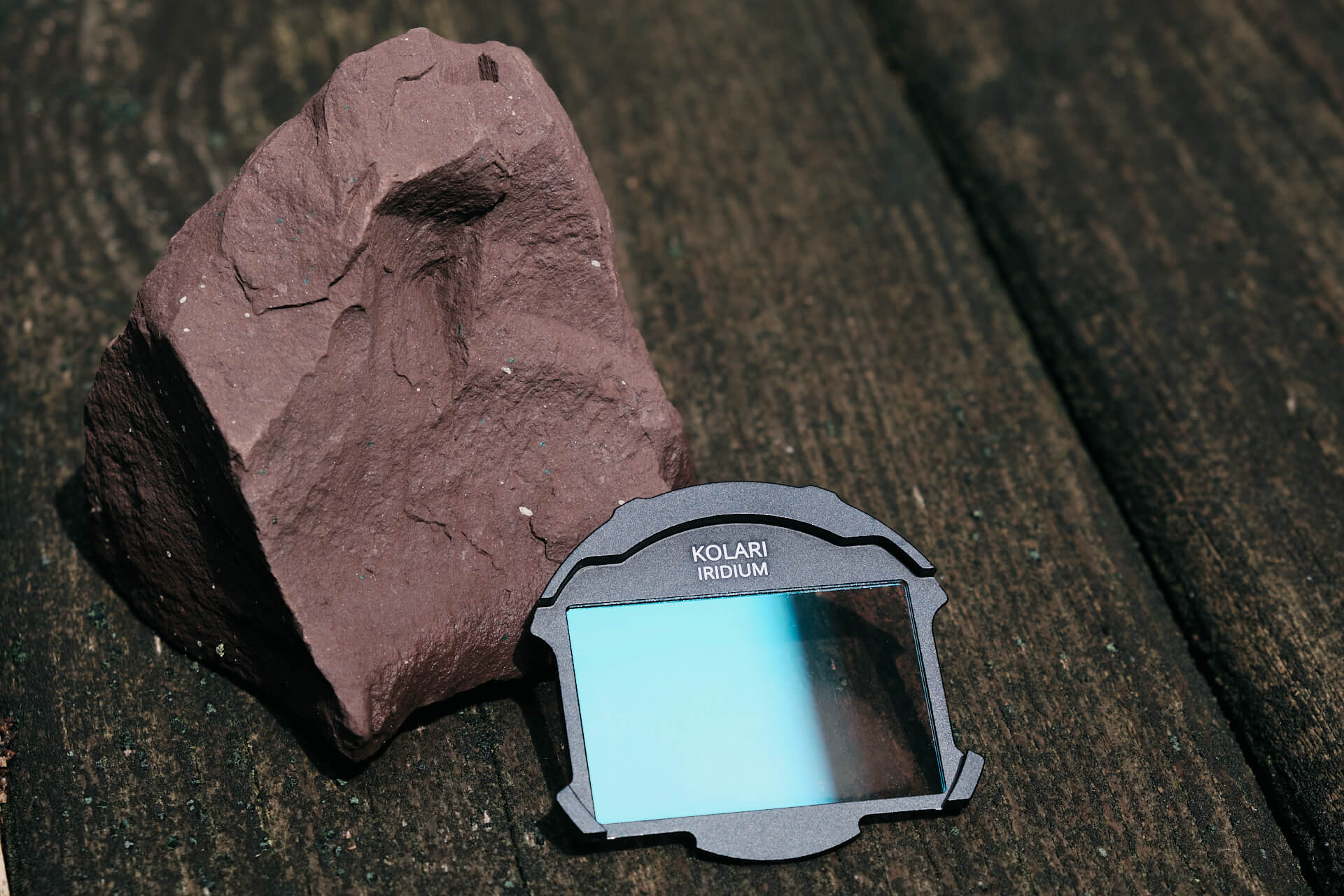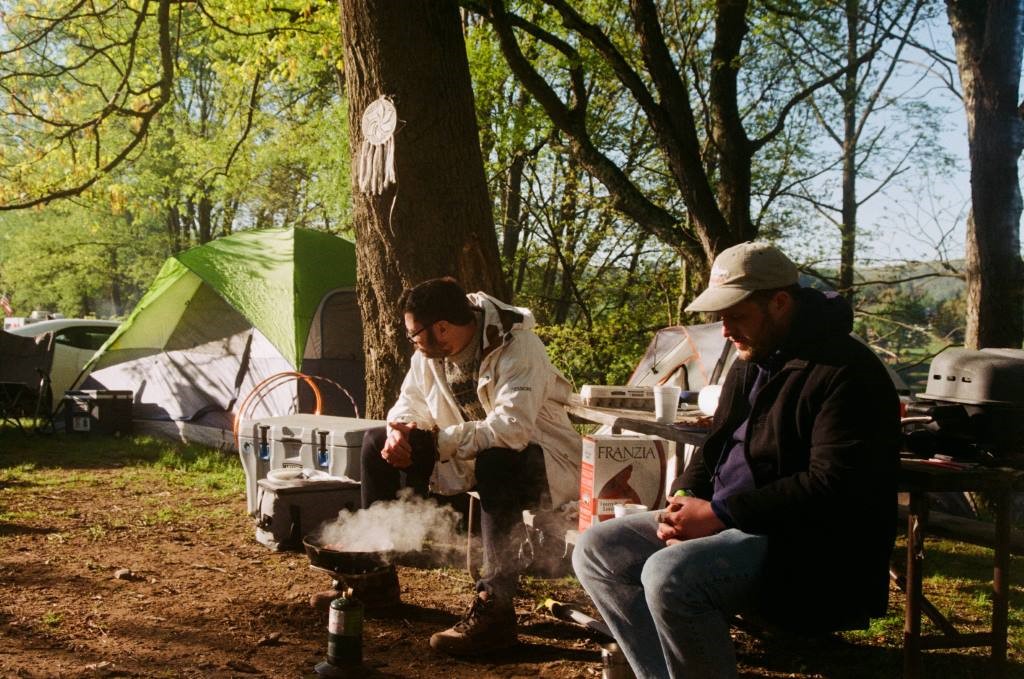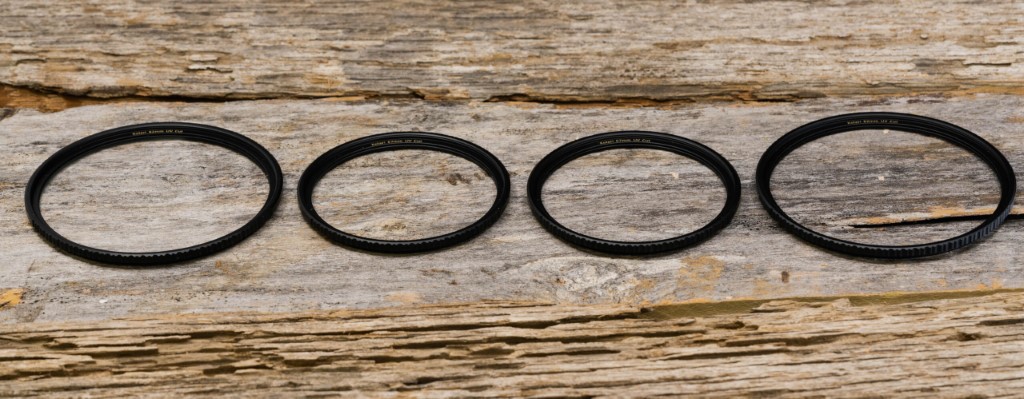As we dive head-first into a new year, it’s as good a time as ever to reflect on where we’re headed in terms of our photography. Whether you’re an industry pro or just beginning your career in photography, there often comes a point where you need to ascertain or even reevaluate exactly what it is you want to photograph.
There are innumerable pathways available as a photographer, far too many to list here. But what differentiates one photographer from another can perhaps be credited to finding and leaning into one’s specific niche.
So what is a niche when discussing something as broad as photography?
A niche is a specific subsection of the greater industry and, ultimately, the point of difference in your offering. Your niche, while sometimes polarising, can lead to a positive reputation and garner client loyalty. Who wouldn’t want that?
So what types of niches are there in the world of photography? Well, there are about as many as you can poke a stick at; the only limitation is your imagination. What matters is that you figure out what yours might be and start heading in that direction with great focus and clarity. Do you want to be the photographer who shoots weddings on film only? Are you the person that takes portraits with no posing? Are you a conceptual creative who only shoots in monochromatic themes?
Whatever niche you choose, nailing down the specifics will help you create a clear vision for your career.
One of the most important things to think about is the idea that “if you try to appeal to everybody, you will appeal to no one.” So many photographers begin shooting by saying yes to everything and capturing as much as they can. And while there is great merit in bootcamping your skills for any given project, honing them takes time and consideration.
So how do we find our niche if it isn’t abundantly apparent? I’ve had some time to think about this and have created a list of thoughtful questions that might help.
1. What do you capture the most?
Put aside some time to look through your body of work and assess where you spend most of your time on image-making. Do you mostly photograph people and their emotions? Are you someone who focuses on the small, aesthetic details? Do you like to capture sweeping wides to convey an entire scene? This might point to the beginning of your niche. For me, I’m mostly drawn to capturing people and their emotions.
After establishing where most of your time is spent making images, how can you lean into that area of capture? Next time you are on a shoot, can you use that knowledge to hone in on those aspects and start building your work around that specific area?
If looking through your body of work doesn’t give you answers, think back to when you first started photographing. What did you love to capture? And what does that look like today now that you have evolved as a creative?
Reflecting on your inherent photography style can provide clues to your niche. Are you strictly a film-only photographer? Do you like taking dark and moody images? These little aspects of your work can help you figure out your offering and show what areas you should put the most energy into.
2. Who are your ideal clients?
Looking at your ideal clients should give you a fair indication of what you want to shoot and how you want to shoot it. Take some time to list out your top five dream clients. If you’re a commercial photographer, this may look like brands and businesses you’d like to work with. If you’re a wedding photographer, this might be the type of couple you would like to attract.
Each aspect of the industry has its own “client” to consider; the most important thing is to identify who they might be. I’ve established that my ideal clients are creative people (artists, actors, dancers, and musicians) because I find them fascinating, and they often come with “props” of some kind to a shoot.
Considering this, the next question is: How can I best serve these clients? How would I market myself to them? What is missing from my body of work that would align me with my dream clients? Once you know the answer to these questions, you can start formulating an action plan to focus your efforts.
A dream client list can tell a person so much about what they really desire. Looking at this list can help you identify your niche and where you are in terms of achieving it.
3. Why do you make the work you do?
I think one of the regularly overlooked questions in this industry is, “why?” Why do you make the work that you do? It’s such a simple question, yet one that’s not so easy to answer.
There are ultimately many reasons why we create the work that we do. For some, the motivation might be solely income. For others, it might be work/life balance or freedom through self-employment. But the question is not so much the more practical “why” we do what we do but rather the harder-to-define philosophical “why.” What is it about your work that lights you up inside?
I shoot portraiture because I like interacting with people. Working one on one with portrait clients is where I find my superpower. My interactions with these people bring out the best in me and my work.
Are you shooting portraiture because you like interacting with people? Do you capture weddings because you’re a romantic at heart? Do you shoot fashion because creativity inspires you? Drilling down into the “why” of our work can be incredibly revealing regarding our niche, and from this point, we can get even more specific.
4. How can you use this knowledge to dig deeper and get more specific?
Now that you have established what you want to shoot, who you want to shoot it for, and why you want to shoot it, it’s time to get even more specific. The following questions should help you identify where you can go from here:
Have you clarified what area or genre your work best fits in?
What are the specific types of imagery within that area or genre? Think style, tone, etc.
Which of these do you feel most drawn to pursue?
That’s your niche!
For me, I create very specific types of portraiture for my clients. I enjoy creating non-traditional portrait images that suit the subject’s style of artistry. So, my niche is creating artistic portraits of artistic people.
I hope these questions help you clarify yours.
Final Note
Finding your niche isn’t always easy. It’s taken me many years to understand where my photographic superpowers lie. But now I have much more clarity on what I want to do and what new territory I want to push into as I continue my career and certainly as we begin a new year.
For many of us, working within the restraints of a niche can be challenging. It may feel like we are boxing ourselves into a corner and creating less opportunity. However, one not-so-secret secret is that photographers can (in most cases) photograph anything. We can still earn an income while honing our focus and building our niche. We can do this by taking on paid work that we are fully capable of while creating a portfolio tailored to our ideal clients.
Importantly, remember that it takes time to carve out your corner of the market. If we have clarity on our niche, we have the foundation to build a body of work that will serve it.
Author Bio:
Jade Ferguson is a Brisbane, Australia-based photographer who applies a fine art approach to the subjects she shoots. As an early-career photographer, her work attempts to create an emotionally visceral experience for the viewer by capturing the unseen. She works with film and digital formats; her subjects cover portraiture, performing arts, and a developing personal art practise. She is currently an undergraduate at Griffith University, Queensland College of Art, studying for a Bachelor of Visual Art.
